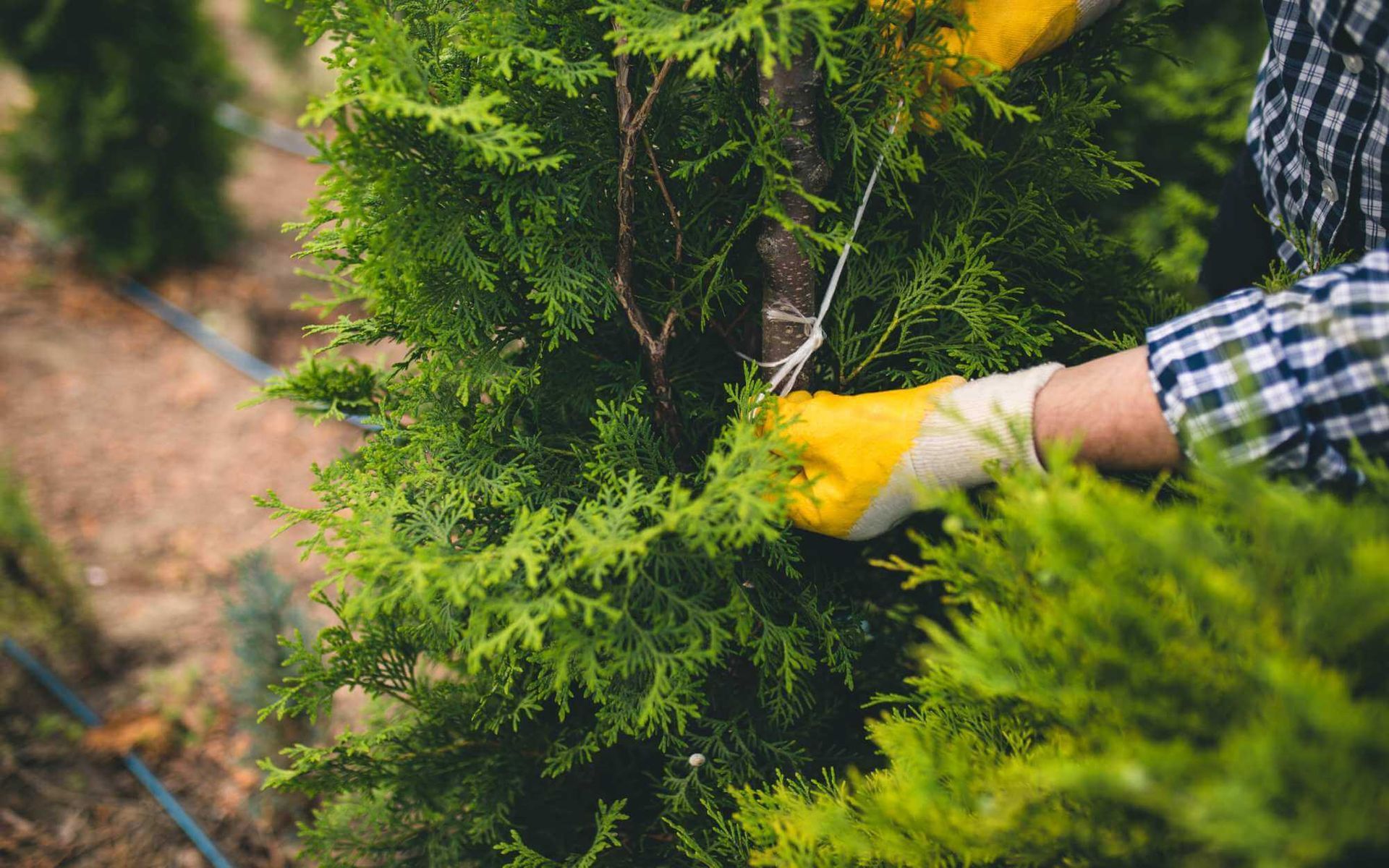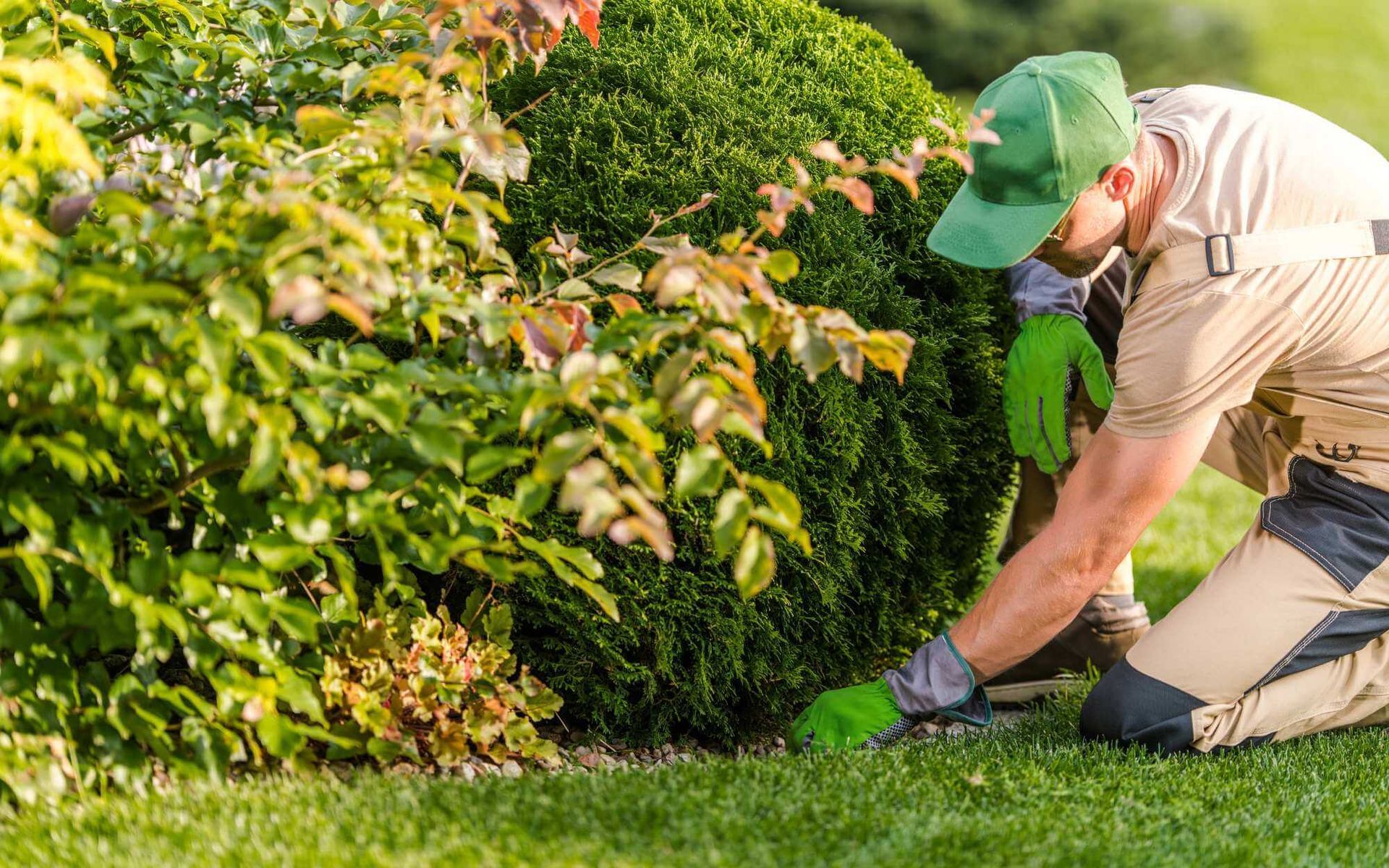The Science and Application of Tree Growth Regulators
PUBLISHED ON
SHARE THIS ARTICLE

Today, we'll explore the field that marries the science of botany with the practical art of tree management—tree growth regulators.
Tree growth regulators (TGRs), compounds that impact the growth, development, and physiological processes of trees, are an essential part of arboriculture. Understanding their application isn't merely a technical requirement—it's an environmental imperative.
Let's delve into the scientific underpinnings of TGRs, exploring how they work, their different types, and the significance of their judicious application in both residential and commercial settings. Stay with us on this journey, as we peel back the layers of this tree-ting topic!
The Science of Tree Growth Regulators

Tree growth regulators are a vital aspect of arboriculture, impacting tree growth, development, and processes. Let's explore the science behind their function and importance in maintaining healthy trees.
How Tree Growth Regulators Work
Tree Growth Regulators (TGRs) work by mimicking plant hormones that control growth patterns. They target specific physiological processes, such as cell division, root growth and development, and responses to environmental stimuli.
When applied, TGRs can reduce a tree's rate of growth, promoting denser, healthier foliage and increasing resistance to disease and pests. Their careful use can help manage tree size and shape, enhance the tree's aesthetic appeal, and mitigate potential risks from overgrowth.
TGRs serve as a valuable tool for both arborists and homeowners in responsible tree care.
Different Types of TGRs
TGRs come in various types, each with its unique properties and applications.
Commonly used TGRs include Paclobutrazol, known for its ability to inhibit gibberellin synthesis, thus reducing shoot elongation.
Flurprimidol, another popular TGR, operates similarly by restricting excessive growth, thereby promoting denser foliage.
Ethephon plays a dual role, serving as a growth regulator and a ripening agent.
Finally, prohexadione-Ca is typically used to suppress growth and enhance disease resistance.
Understanding these different types and their unique functions can help choose the right TGR for particular tree care needs.
Benefits of Using TGRs
Utilizing TGRs offers several advantages, from promoting tree health to simplifying tree maintenance.
They enhance trees' vitality by facilitating denser foliage and bolstering resistance against diseases and pests. Additionally, TGRs can effectively manage tree size, reducing the need for frequent pruning. This not only maintains the aesthetic appeal of trees but also lessens potential risks from overgrowth, especially in urban settings.
The judicious use of TGRs is not only an ecological boon, but it also contributes significantly towards sustainable and responsible arboriculture.
The Application of Tree Growth Regulators

Applying plant growth regulators effectively demands a blend of knowledge, practice, and precision. Let's explore some recommended practices:
- Proper Timing: TGRs should typically be applied in spring or early summer when trees are actively growing. This ensures optimal uptake and efficacy.
- Correct Dosage: Ensure the correct dosage is applied based on the particular TGR and the specific tree species. Overdosing can harm the tree.
- Uniform Application: For best results, apply TGRs uniformly, covering as much of the root zone as possible.
- Follow Label Instructions: Always adhere to label instructions when applying TGRs. Improper application can lead to undesirable results.
- Monitor Tree Health: Regularly monitor the tree's health after application. If adverse effects are noticed, consult a professional arborist.
- Consider Environmental Factors: Consider factors such as soil type, weather conditions, and tree health before application. These factors can influence the effectiveness of TGRs.
- Professional Assistance: Seek professional help when unsure about the TGR application. Arborists can provide expert guidance and support.
Maximizing Tree Health and Growth with Regulators
Tree growth regulators mimic plant hormones, managing growth patterns and physiological processes like cell division and root system development. Their applications result in lessened growth rate, denser foliage, and increased disease resistance. Identifying the distinct types of TGRs and their unique functionalities is key to selecting the right one for your needs.
Remember, improper application can lead to undesirable effects. So, always seek professional guidance for effective and responsible TGR application, contributing towards sustainable arboriculture. Call our
certified arborists today!
Want a free quote or some friendly advice? Call our team today:






